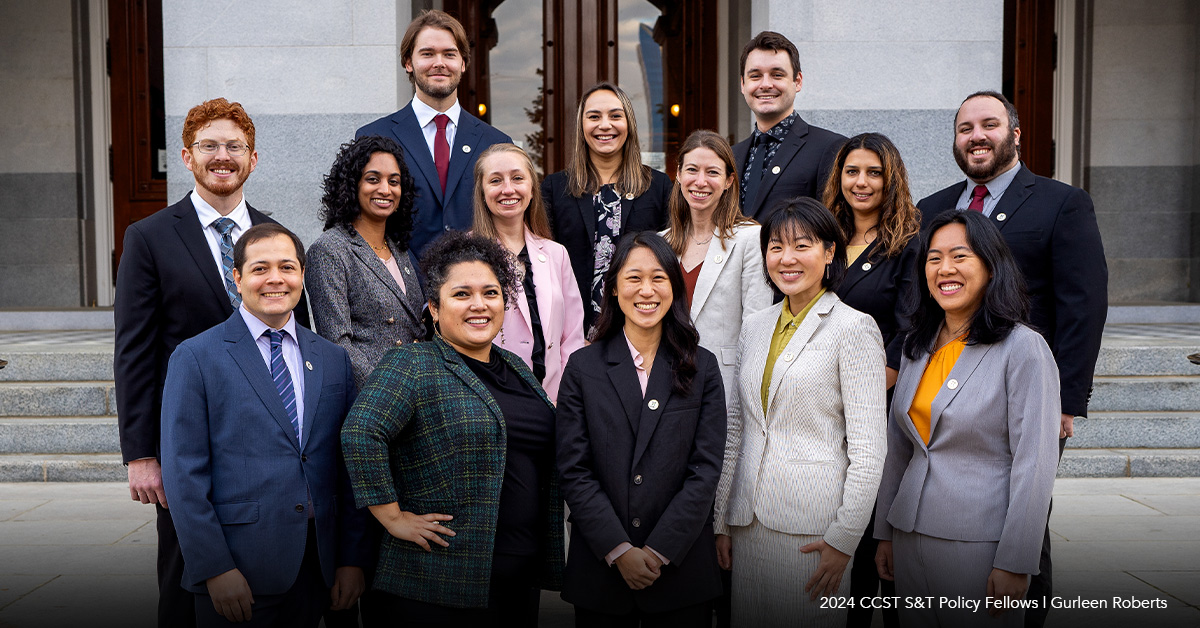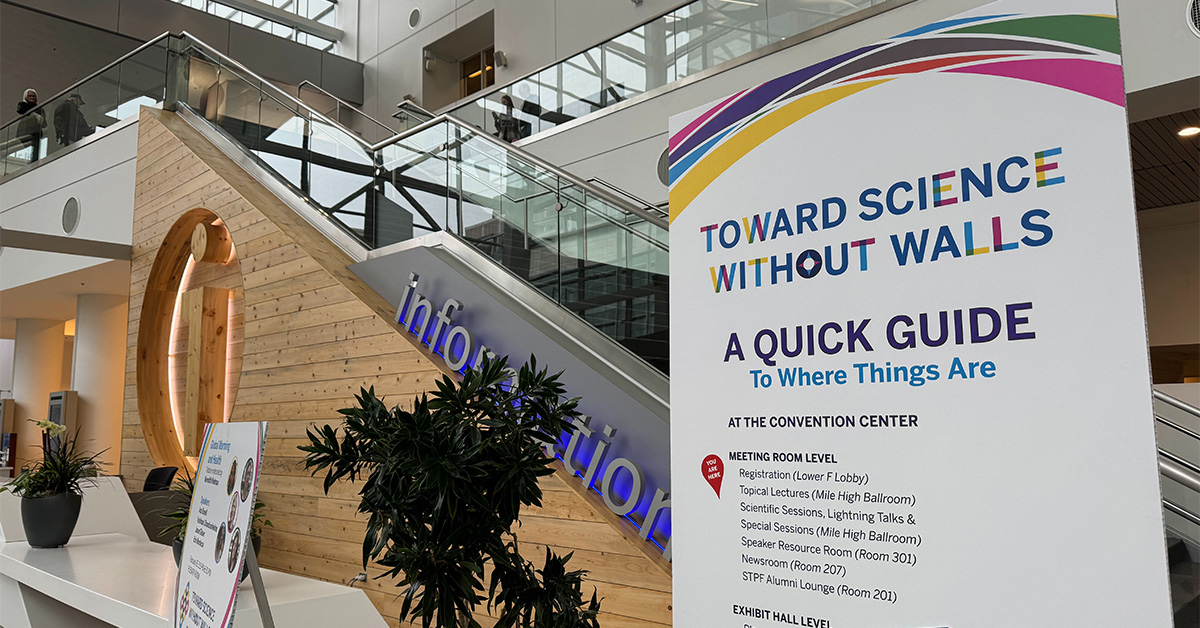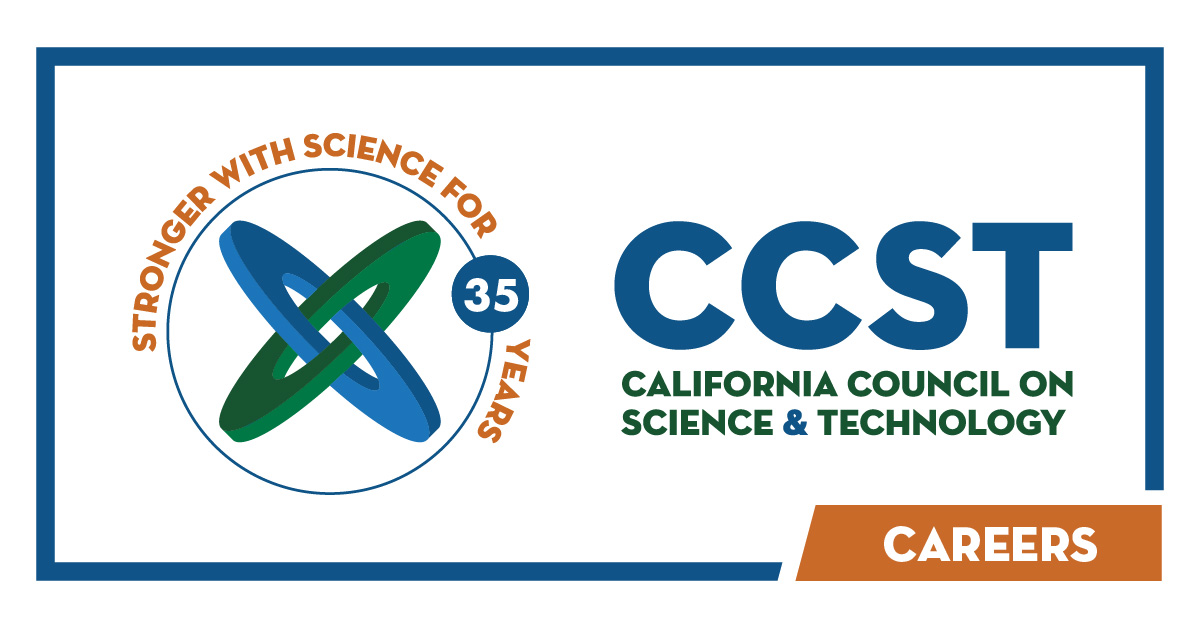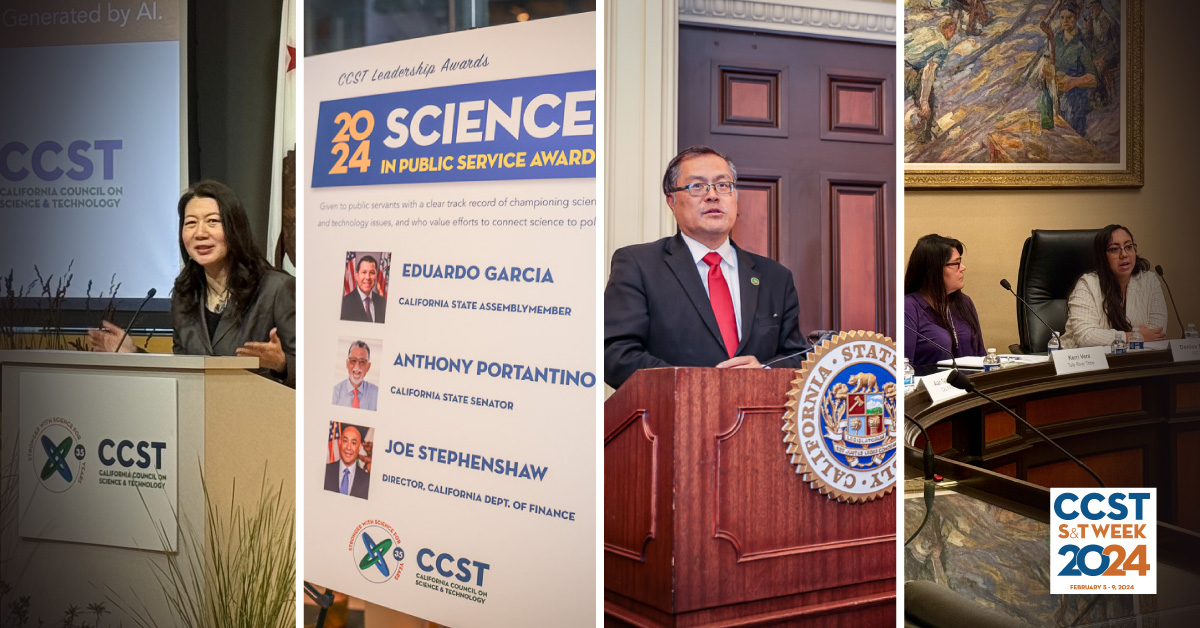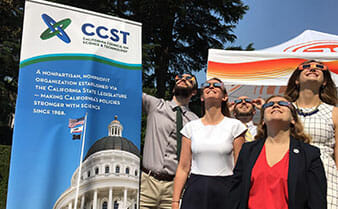Ontology Panel Advances pHIT Project
November 15, 2010 | CCST Newsroom | Contact: M. Daniel DeCillis
 CCST’s Personalized Healthcare Information Technology (pHIT) Task Force has completed a major component of the pHIT pilot study project, gathering all needed input from a four-member Ontology Panel assembled last Spring by the pHIT Task Force based on their expertise in oncology, ontology and information technology. The pHIT Task Force is chaired by Ramesh Rao, director, UCSD Division, California Institute for Telecommunications and Information Technology (CalIT2)
CCST’s Personalized Healthcare Information Technology (pHIT) Task Force has completed a major component of the pHIT pilot study project, gathering all needed input from a four-member Ontology Panel assembled last Spring by the pHIT Task Force based on their expertise in oncology, ontology and information technology. The pHIT Task Force is chaired by Ramesh Rao, director, UCSD Division, California Institute for Telecommunications and Information Technology (CalIT2)
“Three key case studies have been developed and are now being used to produce a prototype approach to support the aim of the pHIT project of integrating genomic and clinical data into an electronic health record platform,” said Ontology Panel Leader Hope Rugo, M.D., professor of medicine and breast cancer specialist affiliated with the UCSF Helen Diller Family Comprehensive Cancer Center.
“We’ve broken down the case studies into a more specific list of terms that would be expected to be found in the ontology,” said Ontology Panelist Matt Williams, M.D, clinical oncologist, University College, London (UCL). “Work has begun on extracting relevant portions of existing ontologies and terminologies to serve as a base for constructing the pHIT ontology,” Dr. Williams noted.
An objective of the pHIT pilot study, supported by the Ontology Panel of experts, is to retrospectively collect and evaluate de-identified breast cancer patient records from Anthem Blue Cross and genetic/genomic test results from Genomic Health, Inc. and Myriad Genetic Laboratories, Inc. The pHIT pilot study’s goal is to develop a scalable prototype healthcare decision support system designed to integrate anonymized patient records with genetic/genomic test results. The system is to be built on an expertly designed personalized clinical ontology for breast cancer patients and integrated with an existing electronic health record system by CentriHealth. The existing elements of the CentriHealth Ontology (as made available to the pHIT Task Force) will be used to demonstrate how to use this newly developed ontology within the framework of an existing electronic health record platform.
As a set of minimal requirements, the ontology will be expected to:
- Represent key terms in the clinical domain
- Be able to represent simple time and location events (e.g. time/space stamping)
- Represent the data items found in the sample data
- Represent a substantial and authoritative ontology within the domain
- Interoperate with other key existing terminologies within the domain
New genetic/genomic tests and diagnostic tools are offering new opportunities for truly personalized medicine. However, an important aspect of effectively implementing personalized medicine is the existence of standardized, readily accessible medical records.
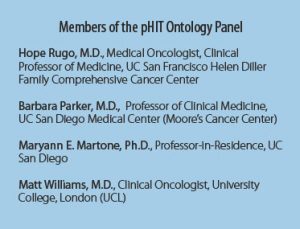 Information technology resources can facilitate meaningful use of genetic and genomic information in the course of patient care, but only if the infrastructure is in place to disseminate the information amongst healthcare providers.
Information technology resources can facilitate meaningful use of genetic and genomic information in the course of patient care, but only if the infrastructure is in place to disseminate the information amongst healthcare providers.
The project is being conducted in cooperation with California state agency partners including the Business, Transportation and Housing Agency and CalPERS. The outcome of the current scope of work defined by the pHIT Task Force is an open source, publicly available application ontology that reflects the domain and provides a suitable platform for integrating both clinical and genomic data. The ontology will be developed using OWL 2 (an ontology language for the semantic web with formally defined meaning) and will be expected to conform to all relevant standards. The actual ontology will be fully documented and described so that it can be reused and easily understood by other users and possible collaborators.

